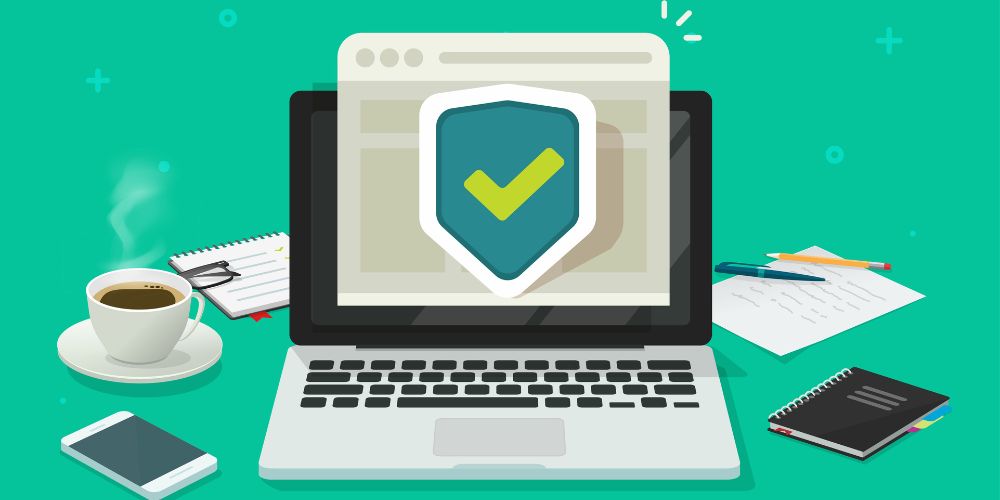For visitors to and users of your website, a positive, secure experience is vital. Not only does a secure website benefit them, but it helps your business, too. Read on to learn more about assessing and improving the security of your company website.
The Need for Website Security
Many layers of defense for your website are needed, and many parts create a comprehensive defense. Not only do you need technological tools, but security policies and employee training. Your website security strategy needs multiple layers to protect against rising threats such as malware (including ransomware), Distributed Denial of Service (DDoS) attacks and others that can threaten your uptime and data security, not to mention the reputation of your website and your company. Securing your website prevents attacks as well as their consequences like blacklisting of your website and loss of customer trust.
As an owner of a small to medium-size business, it’s easy to think that your company is not on the radar of bad actors, that only big-name companies are targets. Websites of smaller companies are no less attractive to hackers and other cybercriminals, since these websites might not be as well protected. That need not be the case, though; through planning your security and implementing that plan, you can protect your website’s security.
Use Multiple Layers to Secure Your Website
Do you have a strategy for protecting your website, one with multiple levels that involve tools, processes and people? Website security requires technological tools like web application firewalls, practices like hiding your IP address as well as putting in role-based permissions; and training your workers to be wise about access, by using more than one piece of information for accessing the website. The latter practice, called two-factor or multi-factor authentication, involves more than one method for access. Typically, the user provides something they know (their username-password combination), something they have (for example, a one-time mobile-generated code) and something they are (a biometric like a thumbprint or facial recognition).
Protecting your website is necessary for user experience and to give visitors confidence in your website and your company itself. For further assistance, contact ClikCloud today.

Recent Comments